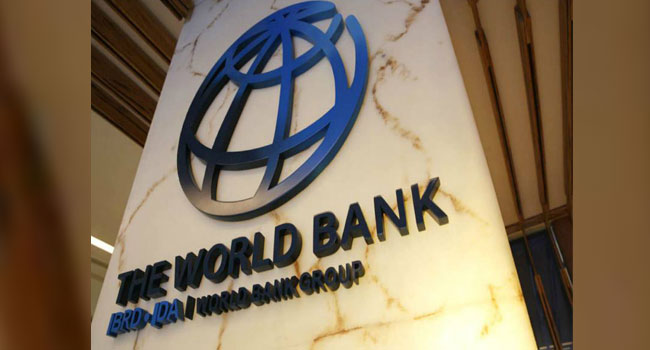The World Bank has issued a stark warning about a looming global debt crisis, particularly impacting developing economies. The institution highlights the alarming surge in global debt, which has grown by nearly 25% since the onset of the COVID-19 pandemic, reaching unprecedented levels. This escalating debt burden, exacerbated by a sharp rise in interest rates, is pushing many low-income countries into a precarious “doom loop,” where a significant portion of their resources are diverted towards servicing debt, leaving little room for crucial investments in education, healthcare, and infrastructure. This vicious cycle hinders economic growth, further exacerbating the debt problem and creating a self-perpetuating crisis. The World Bank emphasizes the urgency of debt reforms and the need for a more robust and effective global debt architecture to address this growing threat to global financial stability.
Developing countries, especially the 78 poorest nations eligible for assistance from the International Development Association (IDA), bear the brunt of this debt crisis. These countries, representing a quarter of the global population and home to a large share of the future workforce, are being forced to make drastic cuts in essential sectors like education, healthcare, and infrastructure to meet their escalating debt obligations. This jeopardizes their long-term development prospects and undermines their ability to invest in human capital, perpetuating a cycle of poverty and hindering economic progress. The World Bank’s report underscores the disproportionate impact of the debt crisis on these vulnerable nations and calls for targeted interventions to alleviate their debt burden and support sustainable development. This involves significant investment in education, healthcare, and infrastructure, and these investments are greatly reduced due to debt servicing, therefore the future generation is negatively affected and this further hinders development.
The World Bank emphasizes that foreign private capital is unlikely to flow into heavily indebted economies with bleak growth prospects. Investors recognize that any potential gains from economic growth in these countries will likely be channeled towards debt repayment, diminishing the returns on their investments. This reluctance of private capital to enter these markets further constrains their ability to invest in growth-enhancing projects and perpetuates a cycle of economic stagnation. The rise in interest costs, which have doubled for half of all developing countries signifies a structural crisis in public finance management. Government interest payments have surged from below one per cent of revenues in 2007 to approximately 20% in 2024, indicating a significant strain on public finances and a growing dependence on borrowing to meet basic obligations.
The report paints a concerning picture of the current global economic landscape. Global GDP growth forecasts have been downgraded, and interest rates in advanced economies remain elevated, further complicating the situation for developing countries grappling with debt. The combination of high debt levels, rising interest rates, and sluggish global growth creates a perfect storm for a financial crisis, with the World Bank estimating a roughly 50% chance of such an event occurring. The institution criticizes the current global debt architecture as outdated and ineffective, particularly in its ability to distinguish between countries facing insolvency and those experiencing temporary liquidity issues which delays timely financial intervention where truly needed. With the rise in interest rates, advanced economies are affected but developing nations are worse off. This highlights the need for swifter restructuring mechanisms and a more proactive approach to debt management.
The World Bank advocates for a multi-pronged approach to address the looming debt crisis and to avert a potential global financial meltdown. It urges debt-laden governments to prioritize fiscal consolidation, implementing responsible fiscal policies to stabilize their economies and restore investor confidence. This calls for careful spending cuts and revenue increases to reduce deficits and achieve long-term financial stability. Concurrently, the World Bank emphasizes the importance of implementing trade and investment-friendly reforms to boost economic growth and attract foreign investment. These reforms aim to create a more conducive business environment, encouraging private sector development and attracting foreign investments. These investments can help stimulate economic growth, create jobs, and generate revenues for debt repayment.
In addition to these measures, the World Bank proposes setting prudent debt-to-GDP thresholds to prevent future debt crises. It recommends a threshold of 40% for low-income countries and 60% for high-income nations, ensuring that debt levels remain sustainable and manageable. This calls for greater transparency and accountability in debt management practices as well as an improvement in the global debt architecture so timely interventions can be made before situations escalate into full-blown crises. Lastly, the World Bank issued a time-sensitive warning regarding the global debt crisis implying that swift action needs to be taken as waiting longer will only worsen the current situation.


